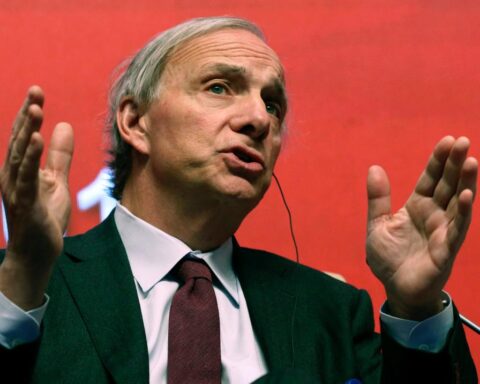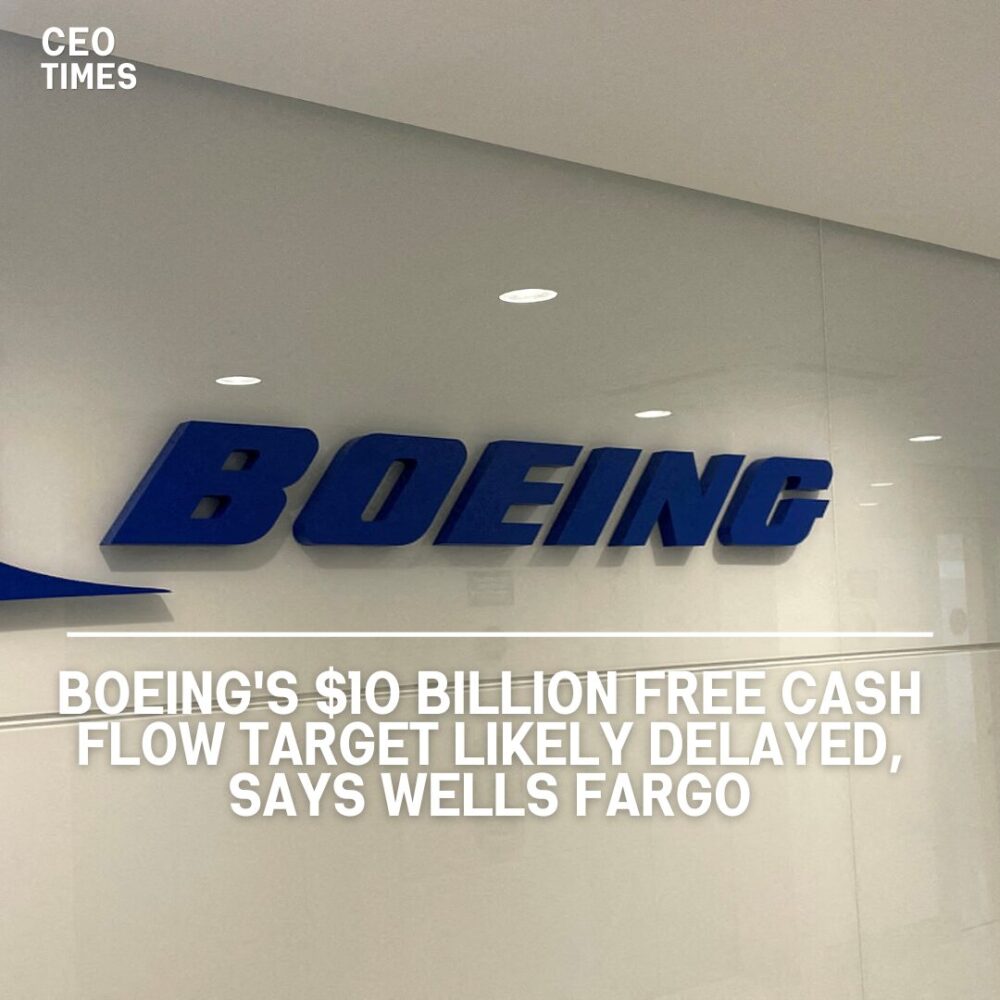Boeing’s annual free cash flow target of $10 billion may be postponed by two years to 2027-28, according to a report by Wells Fargo, which also downgraded Boeing’s stock
The financial institution suggested that Boeing would need to raise $30 billion before initiating the development of a new aircraft.
Wells Fargo Downgrades Boeing Stock:
On Tuesday, Boeing’s shares dropped more than 8%, reaching a near two-year low, after Wells Fargo lead analyst Matthew Akers downgraded the stock to “underweight” and cut the target price to $119, representing a 32% downside from the last closing price.
“Boeing carries about $45 billion in net debt and must address this before it kicks off the next aircraft development cycle,” Akers noted, emphasizing that reducing this debt would likely consume the company’s cash flow through 2030.
Financial Pressures and Debt Management:
Boeing is currently working to recover from a crisis sparked by a mid-air accident in January, which led to regulatory restrictions on its 737 MAX production. These challenges have put significant pressure on the company’s free cash flow.
Given the possibility of a new aircraft launch in the coming years, Akers argued that Boeing would need to “shore up the balance sheet sooner.” He estimated that Boeing might need to raise roughly $30 billion in equity to bring its net debt down to zero by 2027.
Boeing’s Response and Future Projections:
In response to Wells Fargo’s analysis, Boeing referred to a statement from CFO Brian West during a July earnings call, where he mentioned that the company would manage its balance sheet prudently and supplement liquidity as needed.
Boeing had previously outlined a target of achieving $10 billion in annual cash flow by 2025 or 2026. Akers suggested that Boeing’s free cash flow per share could grow to approximately $20 by the decade’s end if the company delayed new aircraft development and focused on paying down debt. However, he warned that such a delay could result in Boeing losing market share to its rival, Airbus SE, in the long run.
Stock Performance and Market Outlook:
Boeing’s shares have lost nearly 33.5% of their value this year, reflecting the company’s challenges as it seeks to balance debt reduction, cash flow management, and the timing of its next major aircraft development.




















